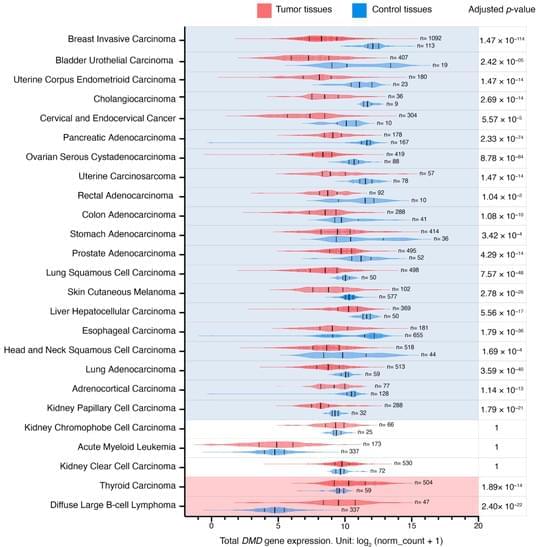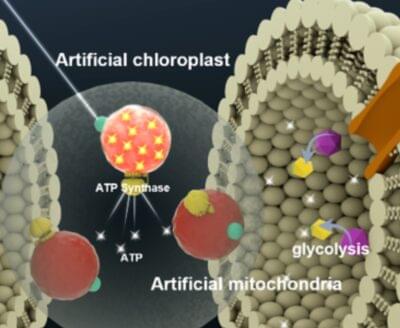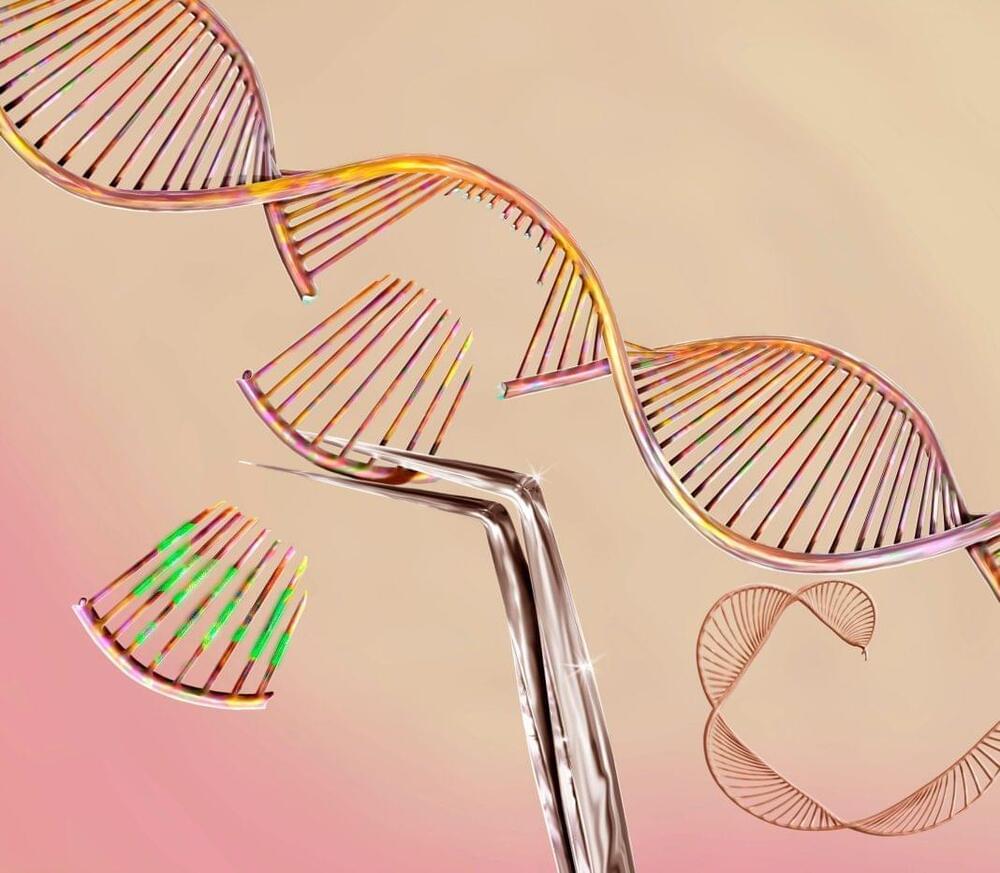Jennifer Garrison is an assistant professor at the Buck Institute for Research on Aging and also holds appointments in the Department of Cellular and Molecular Pharmacology at University of California, San Francisco (UCSF) and the Davis School of Gerontology at the University of Southern California.
Over 321 books from 170 plus interviews over 5 years.
Over 321 books from 170 interviews over 5 years for autodidacts
Jennifer Garrison Links.
https://www.buckinstitute.org/lab/garrison-lab/
https://www.linkedin.com/in/drjennifergarrison.
https://twitter.com/jenngarrison?lang=en.
PODCAST INFO:
The Learning With Lowell show is a series for the everyday mammal. In this show we’ll learn about leadership, science, and people building their change into the world. The goal is to dig deeply into people who most of us wouldn’t normally ever get to hear. The Host of the show – Lowell Thompson-is a lifelong autodidact, serial problem solver, and founder of startups.
LINKS
Spotify: https://open.spotify.com/show/66eFLHQclKe5p3bMXsCTRH
RSS: https://www.learningwithlowell.com/feed/podcast/
Youtube: https://www.youtube.com/channel/UCzri06unR-lMXbl6sqWP_-Q
Youtube clips: https://www.youtube.com/channel/UC-B5x371AzTGgK-_q3U_KfA
Website: https://www.learningwithlowell.com/
Shownotes/ Timestamps.
00:00 Introducing Jennifer Garrison.
01:20 Broken Science funding.
10:00 Progress and accountability.
12:10 Why don’t we have the Garrison system.
20:48 Cost to run a lab & cost of university and support systems.
25:18 Neuro peptides and aging.
30:40 Complexity of neuropeptides.
33:12 How do neuropeptides know where to go.
37:20 Human vs animal neuropeptide differences and divergences.
44:42 Reproductive system.
46:20 Regenerating reproductive systems and aging.
48:55 Women reproductive health support.
51:35 Women and diverse population in clinical trials.
53:54 The first domino.
58:15 Why you should care about women’s health even if not a women.
01:00:23 Turning Menopause on and off.
01:04:45 Causes of aging.
01:06:00 2023 projects and thoughts.
01:08:40 What help she needs to accelerate the future at buck.
01:13:30 OBGYN issues and problems women have.
01:20:10 Resources for women and doctors.
01:26:58 Books.
01:29:50 LzzyHalesLegs listener q for identifying opportunities to work on.
Social links.






